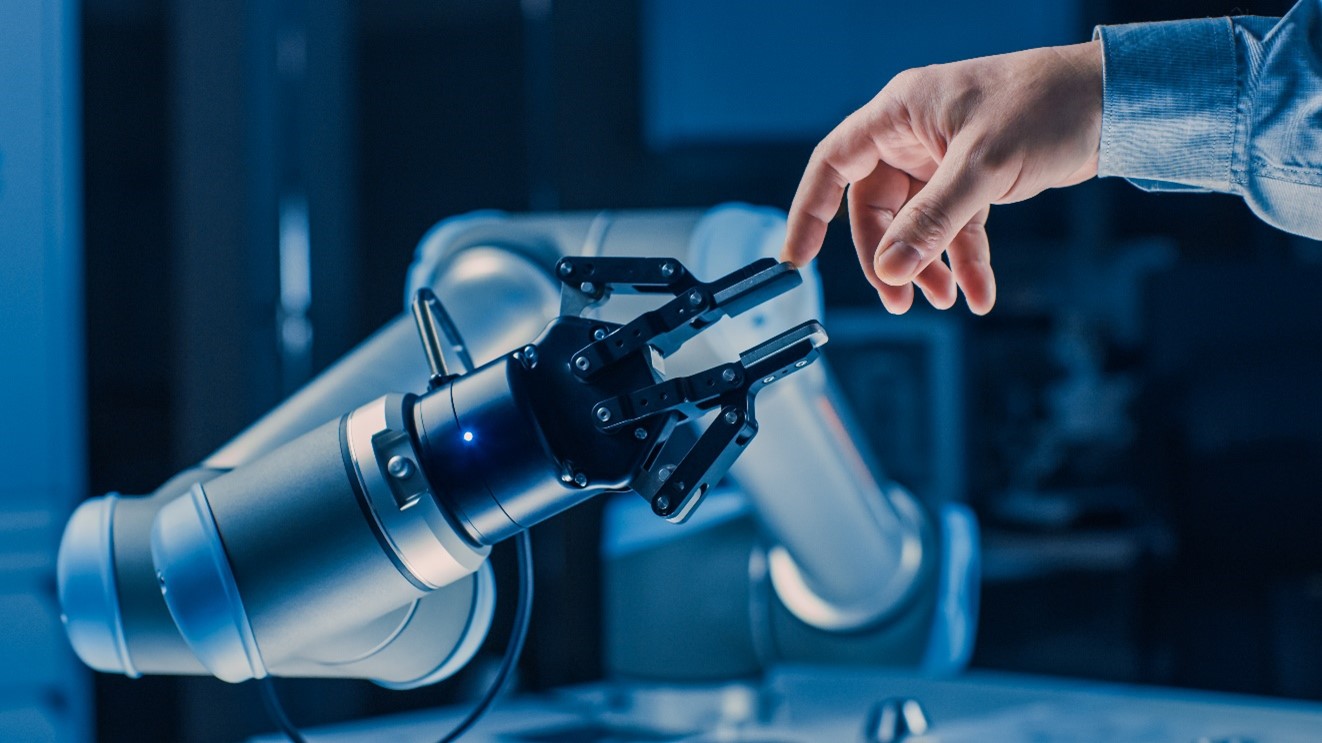 As a professional in the industry, Christopher Peyton Crawford of Mississippi can say that robotic technology is no longer confined to the realms of science fiction. It's an integral part of our everyday lives, significantly transforming various industries, from manufacturing to healthcare. This article from Christopher Peyton Crawford of Mississippi explores how robotics is revolutionizing these sectors, bringing efficiency, precision, and innovation to the forefront.
As a professional in the industry, Christopher Peyton Crawford of Mississippi can say that robotic technology is no longer confined to the realms of science fiction. It's an integral part of our everyday lives, significantly transforming various industries, from manufacturing to healthcare. This article from Christopher Peyton Crawford of Mississippi explores how robotics is revolutionizing these sectors, bringing efficiency, precision, and innovation to the forefront.
1. Manufacturing: Christopher Peyton Crawford of Mississippi on The Automation Revolution
Enhancing Productivity and Efficiency
In manufacturing, robotics has been a game-changer. Robots are used for a variety of tasks, such as assembling products, welding, painting, and packing. They work with precision and speed, which significantly increases productivity and efficiency. For instance, in the automotive industry, robots perform tasks like installing windshields and welding chassis, which not only speeds up the production process but also improves the quality of the final product.
Customization and Flexibility
Another advantage in manufacturing is the flexibility that robots offer. With advancements in AI and machine learning, robots can now adapt to different tasks with minimal reprogramming. This flexibility allows for more customization in manufacturing, enabling companies to cater to specific customer demands more efficiently.
2. Healthcare: Christopher Peyton Crawford of Mississippi on Precision and Personalized Care
Surgical Robotics
In healthcare, one of the most notable advancements is the use of robots in surgery. Robotic systems like the da Vinci Surgical System allow surgeons to perform complex procedures with more precision, flexibility, and control than traditional techniques. These robotic systems enhance a surgeon's capabilities, leading to less invasive procedures, reduced pain and discomfort for patients, and shorter recovery times.
Care and Assistance Robots
Beyond surgery, robotics is also transforming patient care. Robots are being used for tasks ranging from dispensing medication to assisting elderly patients. For example, therapeutic robots like PARO, a robotic seal, are used in therapy for dementia patients, helping to improve patient engagement and reduce stress.
3. Agriculture: Christopher Peyton Crawford of Mississippi on Boosting Productivity and Sustainability
Automated Farming
Robotics in agriculture is helping to address some of the significant challenges like labor shortages and the need for sustainable practices. Robots are being used for planting, weeding, harvesting, and monitoring crops. These automated systems not only reduce the manpower required but also help in precise farming, which leads to less waste of resources like water and pesticides.
Drone Technology
Drones, a form of robotic technology, are used for crop monitoring and aerial spraying, providing farmers with detailed insights into their crops and enabling targeted intervention to improve crop health and yield.
4. Logistics and Supply Chain: Christopher Peyton Crawford of Mississippi on Streamlining Operations
Warehouse Automation
In the logistics sector, robotics is streamlining warehouse operations. Automated guided vehicles (AGVs) and robotic picking systems are revolutionizing how goods are sorted, moved, and stored. This automation not only speeds up the process but also reduces errors, leading to more efficient supply chain operations.
Last-Mile Delivery
Robotics are also making an impact on last-mile delivery. Companies are experimenting with delivery robots and drones to automate the delivery of goods to customers' doorsteps. This innovation could drastically reduce delivery times and costs, transforming the e-commerce industry.
5. Retail: Enhancing Customer Experience
Interactive Shopping Experience
Robotic technology has been transforming the retail industry in recent years. With the integration of artificial intelligence (AI), robots are being employed to improve the customer shopping experience. Specifically, these robots are being used for various purposes such as inventory management, customer service, and as in-store guides.
One of the most significant benefits of using these robotic assistants is that they can provide customers with personalized and real-time information about the products they are searching for. By leveraging the power of AI, these robots can interact with customers, answer their questions, and provide them with product recommendations based on their preferences and purchase history.
In addition to this, these robots can also act as in-store guides and help customers navigate through the store. They can provide customers with directions to the products they are looking for, while also ensuring that they are aware of any discounts or promotions that are currently available.
Moreover, these robots also play an essential role in inventory management. By using sensors and cameras, these robots can monitor the stock levels of products and alert the staff when they need to be restocked. This ensures that the store always has enough stock of the products that customers are looking for, thereby reducing the chances of losing potential sales.
As we continue to advance in robotics and AI, we can expect even more transformative changes across various sectors, making our lives more efficient and productive. Chris Crawford notes the future of robotics in industry promises not only technological advancement but also a new era of smarter, more sustainable business practices.